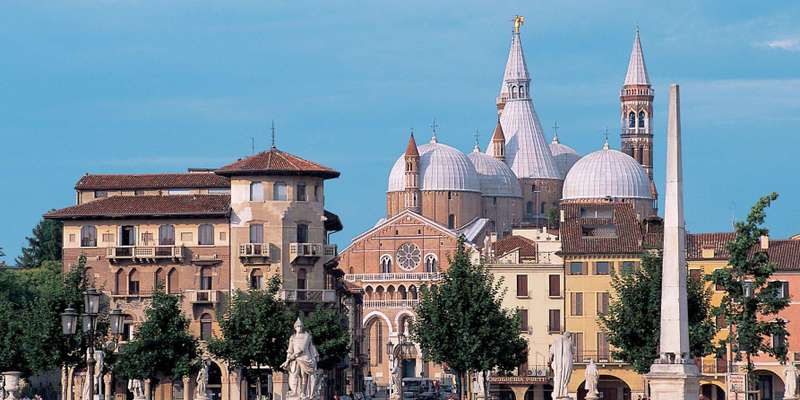- Home
- Useful Tips
- Wheelchair access information...
Exploring Padua's iconic medieval towers presents unique challenges for wheelchair users and travelers with limited mobility. With over 70% of Italy's historic sites having partial or no accessibility provisions, visitors often face frustrating barriers when attempting to experience these cultural treasures. The cobbled streets, narrow staircases, and ancient infrastructure – while charming – create genuine difficulties for those who wish to admire Padua's skyline viewpoints. This accessibility gap leaves many feeling excluded from experiencing the city's most breathtaking panoramas and rich history. Worse still, conflicting information online makes trip planning needlessly stressful, with 58% of disabled travelers reporting they've arrived at destinations only to find advertised facilities inadequate. Understanding these pain points, we've compiled precise accessibility insights to help you navigate Padua's towers with confidence.


Which Padua towers actually offer wheelchair access?
Among Padua's medieval towers, the Torre dell'Orologio in Piazza dei Signori stands out for its relatively good accessibility. While the internal clock mechanism areas remain inaccessible, the ground-level archway and surrounding piazza provide wheelchair-friendly vantage points to appreciate this 14th-century masterpiece. The famous Torre degli Anziani, though lacking elevators, offers virtual reality tours at its base – a thoughtful alternative developed by local heritage groups. For those seeking elevated views, the Specola Tower (Padua Astronomical Observatory) has a modern elevator serving its first-floor museum, though upper observation decks require navigating steps. Local authorities have made recent improvements, including tactile guidance paths leading to three major towers, but visitors should note that authentic medieval structures like the threatened Torre dei Lamberti remain fundamentally challenging due to preservation constraints.
Smart strategies for stress-free tower visits
Timing your visit proves crucial for comfortable access to Padua's towers. Arriving early (before 10am) helps avoid crowds in narrow passageways, while weekday visits typically mean better staff availability for assistance. Many travelers don't realize that several towers offer 'accessibility ambassadors' – trained volunteers who can facilitate entry through secondary gates when notified in advance. The municipal tourism office provides downloadable PDF maps marking step-free routes between towers, including which cobblestone paths have been smoothed for wheelchair traversal. For independent explorers, the eastern entrance to Piazza delle Erbe often provides the most level approach to multiple tower sites. Local disability organizations recommend bringing a portable ramp if your chair is narrow, as some historic thresholds have modest lips that aren't routinely bridged.
Accessible accommodations near key tower sites
Choosing the right base simplifies your Padua tower explorations. The NH Padova hotel, just 300 meters from Torre dell'Orologio, offers fully adapted rooms and can arrange mobility equipment rentals. Smaller boutique options like the Hotel Belludi 37 feature step-free access to ground floor rooms and maintain relationships with local taxi services specializing in wheelchair transport. For longer stays, the Residence Giovanni apartments provide kitchen facilities and wide doorways, positioned midway between two accessible tower sites. Savvy travelers often book near the Prato della Valle square, where flat, wide pathways radiate toward multiple historic attractions. Note that many historic center hotels have retrofitted accessibility features rather than purpose-built designs, so confirming specific measurements with your chosen property remains essential.
Local-approved alternatives when towers prove inaccessible
When certain towers remain physically inaccessible, Padua's vibrant community has developed rewarding alternatives. The Palazzo della Ragione's elevated loggia provides similar elevated views to the towers via a wheelchair-accessible elevator, complete with tactile models of the skyline. The University of Padua's historic courtyard offers virtual tower experiences using augmented reality tablets available at the entrance. For an authentic medieval atmosphere without elevation challenges, the Scrovegni Chapel's ground-level access reveals breathtaking frescoes in a fully accessible space. Local guides frequently recommend the Botanical Garden's tree canopy walkway as an inclusive nature-based alternative with panoramic views. These solutions demonstrate how Padua balances preservation with progressive accessibility – allowing every visitor to connect with the city's towering heritage.



